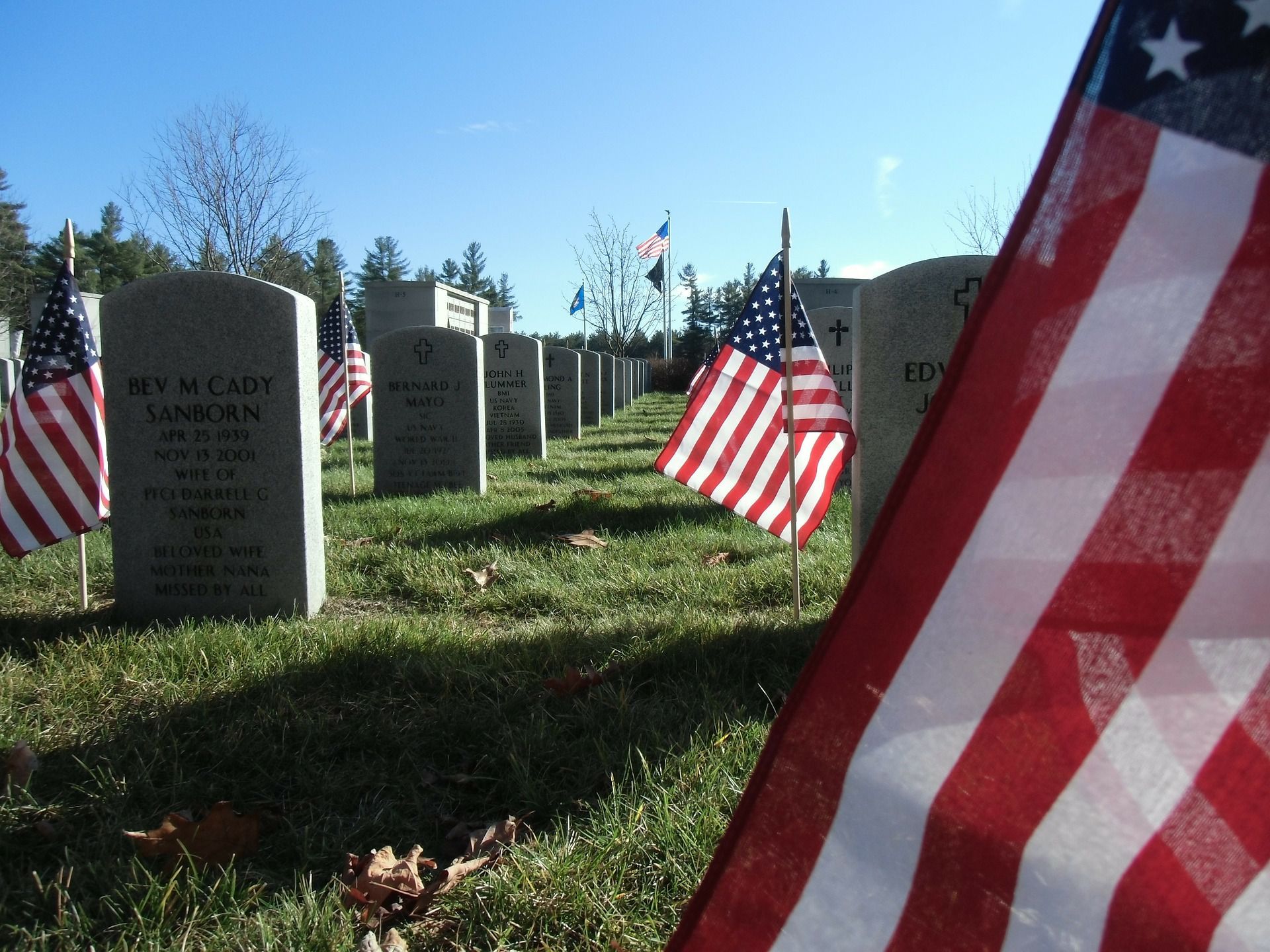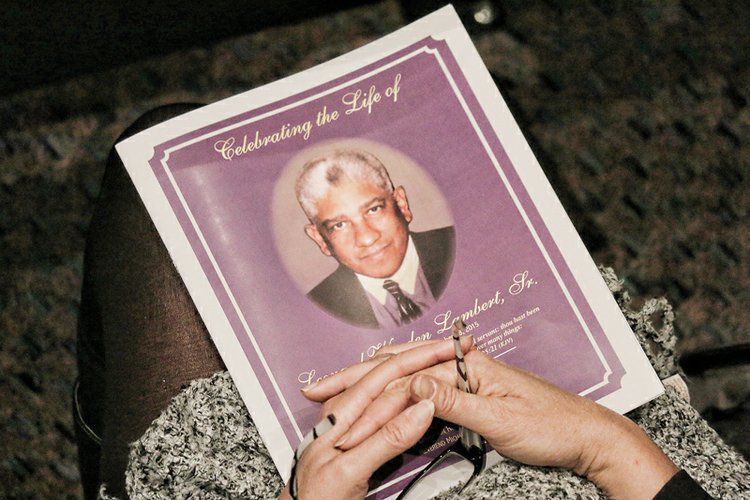


It is possible that the day will come that you will need to transport cremated remains. It is not uncommon for a person’s memorial service or funeral to be held in their hometown or another place of significance for them, but the funeral location might not be where their ashes are meant to rest.
Perhaps your loved one wanted their ashes scattered in a specific location or you just simply want to bring them back home with you after the funeral service. Whatever the reason, here are a few things you need to know about transporting cremated remains.
Transporting Domestically
If you are transporting remains domestically within the United States, you have many options.
The US Postal Service can transport remains by mail. USPS published a document that provides extensive information on how to package and ship cremated remains.
If you choose to ship the remains by mail, be aware that USPS is the only mail service you can use. Couriers like FedEx and UPS do not ship cremated remains.
Car
Transporting cremated remains by vehicle remains is a very simple and reasonable choice for most families when the funeral is located within driving distance from their home (or the final resting place for the ashes).
There are no legal regulations on transporting ashes by car, only practical recommendations: ensure that the ashes are secure either within a sealed bag or a tightly sealed urn to avoid spillage.
Air
While it is not the most simple method, it is possible to transport ashes on a domestic flight.
Airlines have different regulations recording the transportation of remains, and some will require advance notice or documentation. It’s important to do research about your specific airline carrier before trying to transport ashes on a flight.
Most airlines permit you to carry an urn with you in your carry-on or checked luggage, but the ashes must be visible in the x-ray viewer. This can present a problem because most urns are made from material that is impervious to x-ray. There are plenty of removable inner containers that can be pulled out for the purpose of x-ray to sidestep this issue.
TSA officers will never open an urn, so it’s important to come prepared and allow yourself plenty of time to get through airport security.
Transporting Remains Internationally
If your loved one wanted to have their ashes scattered in a different country, there are far more regulations to consider.
The first step in transporting cremated remains internationally is to contact the relevant embassies in the destination country. They will be able to provide you with specific information you will need to successfully transport the remains, including forms and documentation. Sometimes transporting remains internationally will require the involvement of a funeral director and possibly an attorney from your home country.
Transporting remains abroad—by land, air, or mail—can be complicated and takes a lot of time. Plan ahead.
Seek Help When You Need It
While in the throes of grief, it can be easy to become frustrated when dealing with a situation like transporting remains. It’s important to use the resources available to you to ensure this process is as simple and stress-free as possible.
Funeral home directors can be of great use in organizing the transportation of remains. Contact the Hutchison Funeral Home today with your questions about transporting remains.


